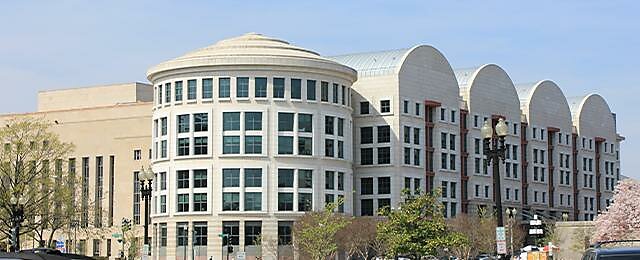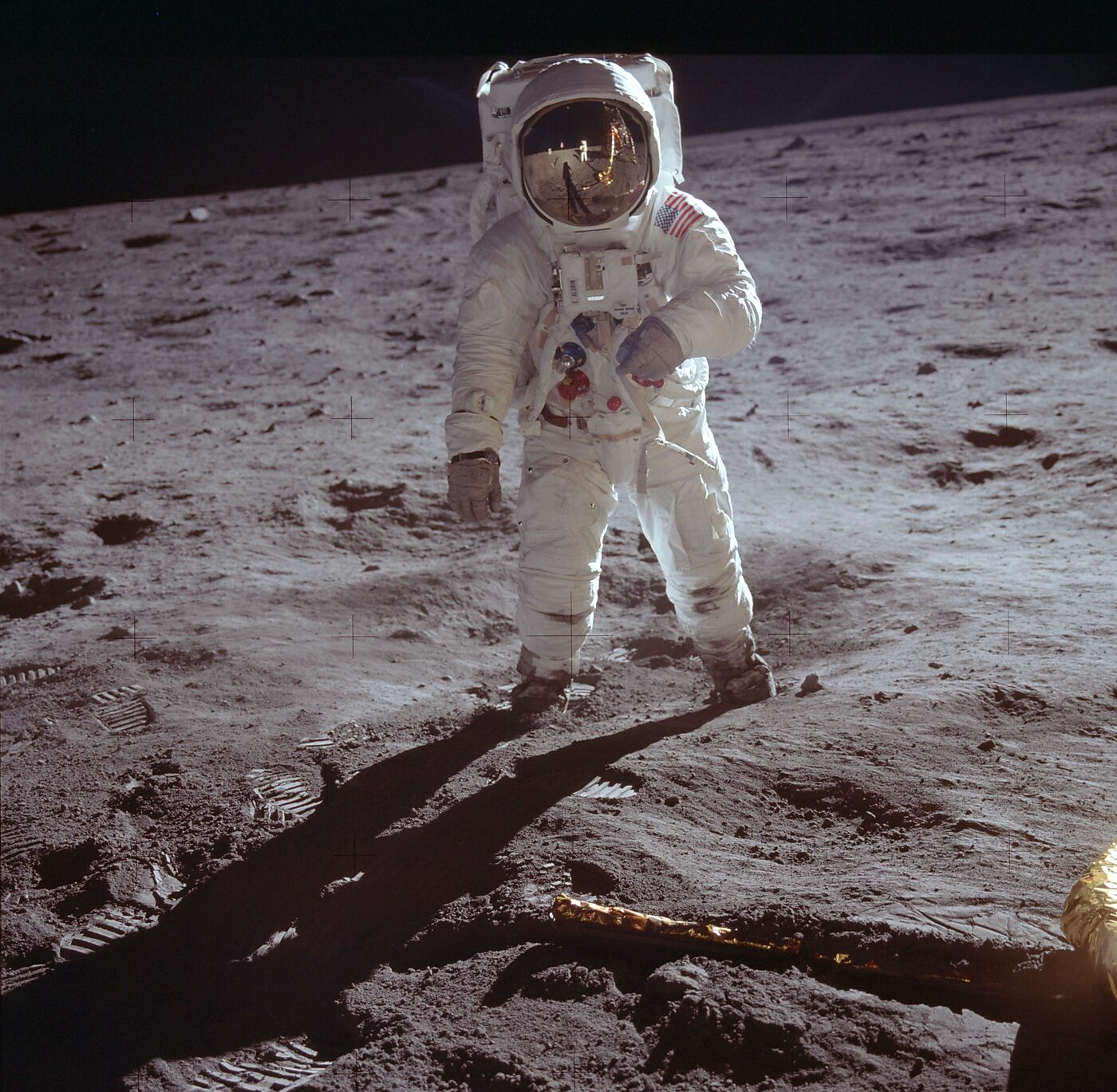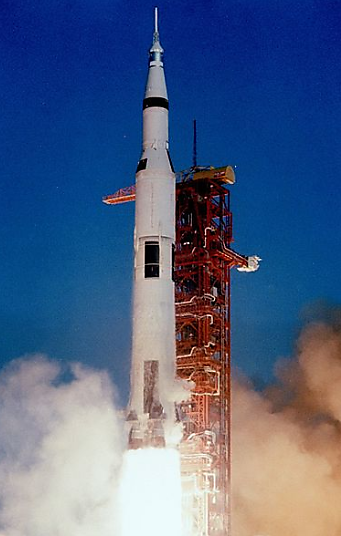The War on Drugs is not only fought on the home front. In fact, it is the longest running world war. While Portugal has decriminalized all drugs, Uruguay never criminalized personal drug use and possession, the Czech Republic has decriminalized possession of small amounts of illicit drugs, and Norway and Mexico contemplate decriminalizing all drugs, the world-wide war on drugs continues apace. And drug prohibition’s futility and destruction are on world-wide display.
I have written about the resurgence of methamphetamine use and methamphetamine related overdose deaths in the US, despite state and federal efforts to solve the “meth crisis” earlier in this century. Now comes a report from the United Nations Office on Drugs and Crime that Southeast Asian gangs are making $60billion (US) per year flooding Asia with methamphetamine, and laundering the money through Southeast Asian casinos.
Most of the methamphetamine originates in the “Golden Triangle,” the region where the borders of Myanmar, Laos, and Thailand converge. The Northern Shan State in Myanmar is a hub of clandestine meth-making, but it is best known as a center of heroin production and distribution.
While heroin has been the export staple of the Golden Triangle, meth is reportedly the new “cash cow.” The largest market for the meth and heroin is China, but sophisticated distribution networks carry it throughout Asia, as far away Japan. And now motorcycle gangs in Australia and New Zealand have joined the distribution network.
As I have said repeatedly, fighting the war on drugs is like playing a game of whack-a-mole. Prohibition only serves to drive the drug trade and drug use underground, where it is more dangerous and deadly. As more countries around the globe are figuring this out, an end to the war becomes a more realistic possibility. But I fear that until the “big dog” in this war—the US—decides to call it quits, we can expect more death and destruction for quite some time.



